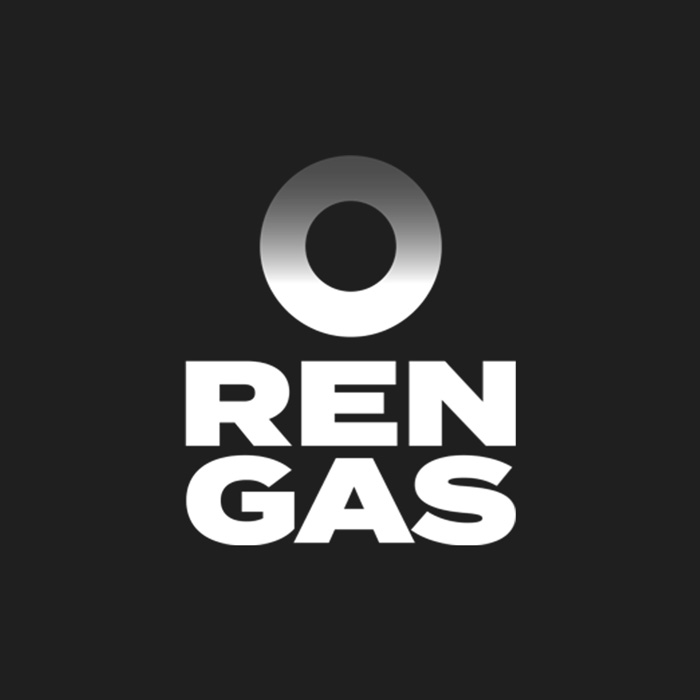The Nordic Ren-Gas story almost ended up as a book. In 2021, founders Saara Kujala and Matti Rautkivi were wondering what to do after working together at Finnish industrial giant Wärtsilä and writing a tome on the affordability of wind energy in Finland.
“We saw an opportunity either to write another book or to establish a business,” says Rautkivi, who is now Ren-Gas’s head of market development. “After careful consideration, we concluded that this was a once-in-a lifetime opportunity to create a new type of developer in Finland.”
Ren-Gas develops and delivers sustainable energy projects to accelerate the cost-effective decarbonisation of the heavy transportation and maritime sectors, by developing a clean power-to-X gas production network in Finland.
The company’s primary focus is on fuelling marine transportation using e-methane. To create the fuel, Ren-Gas aims to combine CO2 from bioenergy plant flue gases with green hydrogen produced from electrolysis.
“Our specific focus is on e-methane, a deliberate choice due to its existing use case in the market, available technology and infrastructure, such as pipelines,” comments Rautkivi.
“This strategic decision allows us to sidestep the need for new infrastructure, leveraging the existing network and expediting the integration of our synthetic methane into the market.”
Heat produced as a by-product of electrolysis will be used for district heating. “By investing in heat pumps, we transfer this excess heat to the energy utility’s district heating network, maximising the overall energy efficiency of our plants,” Rautkivi says.
The approach should yield an energy efficiency of close to 90%, a significant advantage over projects unable to utilise excess heat, he says.
Ren-Gas has six decentralised plants under development across Finland, co-located with existing combined heat and power facilities to minimise the need for new transmission infrastructure.
The company is expecting to obtain permits for the plants during 2024 and is targeting 2.5 terawatt-hours of e-methane—and a similar amount of heat—by 2030. “Our choice of location is strategic, as Finland offers optimal conditions in Europe for these endeavours,” says Rautkivi.
“We benefit from cheap and renewable electricity, the availability of biogenic CO2 and the ability to leverage sector integration benefits extensively.”
Ren-Gas’s first project is due to come online in 2026, with a second being commissioned the year after. “This timeline reflects the momentum we’ve achieved in project development and signifies our commitment to delivering tangible outcomes within a relatively short timeframe,” says Rautkivi.
“Our strategy involves close collaboration with energy companies, recognising them as strategic partners who contribute crucial resources to our projects,” he adds. “By aligning our goals with theirs, we ensure a symbiotic relationship that benefits both parties.”
The approach has gone down well with the Finnish authorities. Ren-Gas has received the largest subsidy ever granted in Finland, of €46 million, for one of its plants.
“On the financing side, we secured funding through a seed financing round about a year ago, which included an investment from Alliance, the world’s largest insurance company,” says Rautkivi. “This financial backing has strengthened our ability to execute our projects.”
Ren-Gas’s founders became aware of Finland’s potential as a clean energy hub after collaborating on a book about wind energy in 2018. “Our findings indicated that the revolution of cheap and affordable wind energy had the potential to transform the energy system in Finland,” Rautkivi says.
Kujala and Rautkivi went on to be involved in various power-to-X projects in 2019 and 2020, predating most of the hype around hydrogen. An angel investor provided seed financing for Ren-Gas two and a half years ago, and this backing allowed the founders to assemble an initial team of five.
That number has now grown to 30. “While challenges are part of the daily landscape, we have not encountered significant hurdles,” Rautkivi says. “Every day presents new challenges, and our team has been adept at addressing them as they arise.”
Leveraging the similarities across its six projects has allowed Ren-Gas to efficiently transfer knowledge and engineering insights from one project to another, he adds. “This streamlined approach has enabled us to accelerate the addition of new projects to our portfolio rapidly,” he says.
“Our ultimate goal is not only to build these plants and the associated value chain but also to develop different procurement methods for electricity and establish efficient sales channels to bring our emethane to the market,” says Rautkivi.
“The company envisions becoming one of the biggest renewable gas providers in the Nordic region, demonstrating a commitment to growth and market leadership.” •



